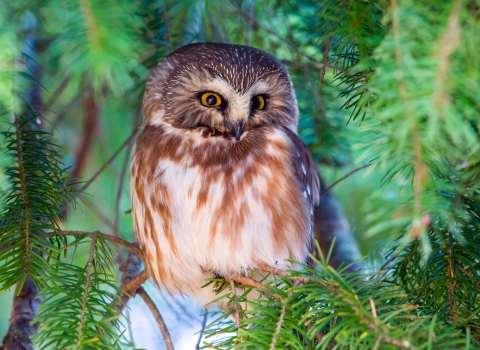The waters of Malheur National Wildlife Refuge are along the Pacific Flyway and important habitat for migratory waterfowl and native birds. Introduction of common carp in the mid-20th century led to changes in water quality, loss of aquatic vegetation, and significantly reduced numbers of birds. Managing nuisance carp has been a decades-long challenge and total eradication is not feasible.
Abernathy Fish Technology Center, in collaboration with Malheur National Wildlife Refuge, Columbia River Fish and Wildlife Conservation Office, Harney Basin Watershed Council, High Desert Partnership, and US Geological Survey with funding from the Oregon Watershed Enhancement Board, conducted a large field experiment to answer a seemingly simple question: to what level must the carp population be reduced to help the habitat for waterfowl? This question is easier asked than answered.
Collaborators constructed large enclosures in an isolated pond, stocked them with different densities of carp, and measured water quality and nutrients and submerged aquatic vegetation through time to identify the threshold biomass of carp at which conditions deteriorate. Methods ranged from low tech (collecting vegetation with a rake) to high tech (using drones to take infrared images of vegetation), and the answer will help the NWR evaluate strategies to restore Malheur Lake waterfowl habitat.



